Apparently, the only way for Volvo to tempt back the middle-class country-dwelling Labrador owner was to up the Volvo V70’s game, ride height and matt black plastic quotient.
The Volvo XC70 arrived in 2000 and proved estates were still relevant – especially if they had more off-road ability, hence the sophisticated Haldex differential that will get you out of serious trouble.
You could have a 2.4-litre petrol or diesel, the latter delivering 10mpg extra. The rear seats are versatile and can be folded right down for tricky loads. They split 40/20/40, too, and there’s even a luggage restraint that folds out of the roof. Just beware that these cars get through suspension bushes and suffer broken throttle bodies.
The new iteration arrived in 2007, and essentially it was more of the same, because the original was so successful. There was a big spec and gadgets like Load Compensating Suspension and Active Bending Lights, the downside being the complexity can cause trouble. ES cars from 2011 had Volvo’s Active City Safety technology, including AEB.
SE cars featured 17in alloys, climate control, Bluetooth and automatic lights and wipers. Sport cars gained 18in alloys, while Lux cars got electrically adjustable heated front seats, bi-xenon headlights and a powered tailgate. For those who didn’t need four-wheel drive, there was the frugal DRIVe model.
For 2009, there was a mild restyling and engine realignment. The big 3.0 and 3.2 petrols are as rare as they weren’t popular. Most went for the 2.4 diesel and from 2014 the 2.0 diesel.
Overall, the second-generation XC70 isn’t the most reliable, incurring plenty of recalls for airbags, power steering, the fuel system and the 2.0-litre diesel engine, so a dealer history always helps. Watch out for electrical failures, ECU issues and iffy window controls, too. Better still, buy a simpler earlier one.
Ones we found


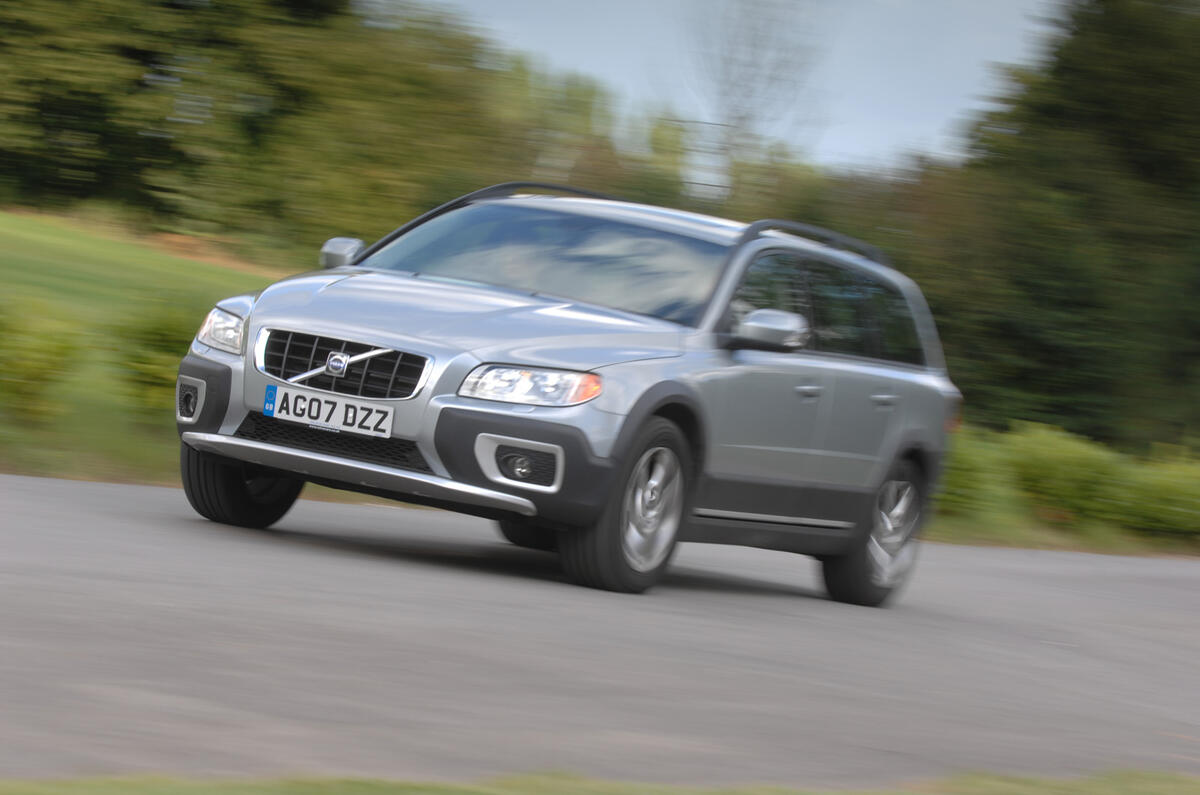
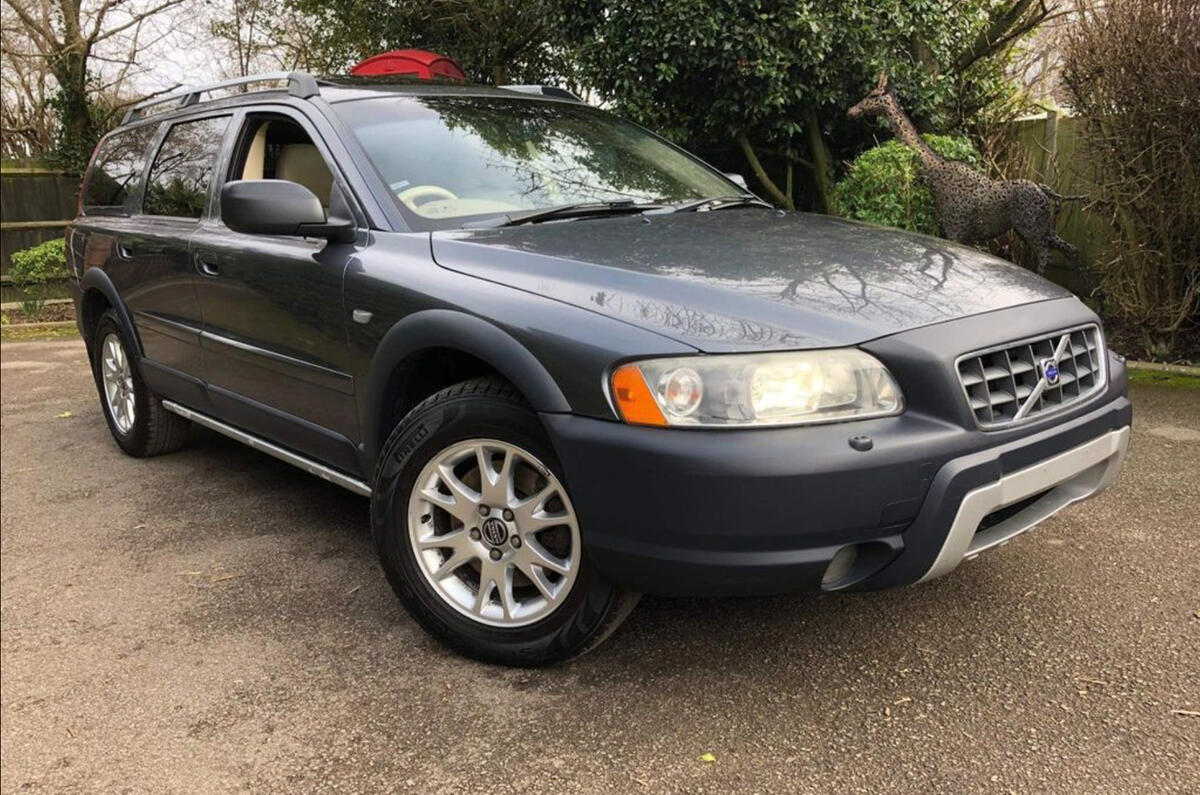
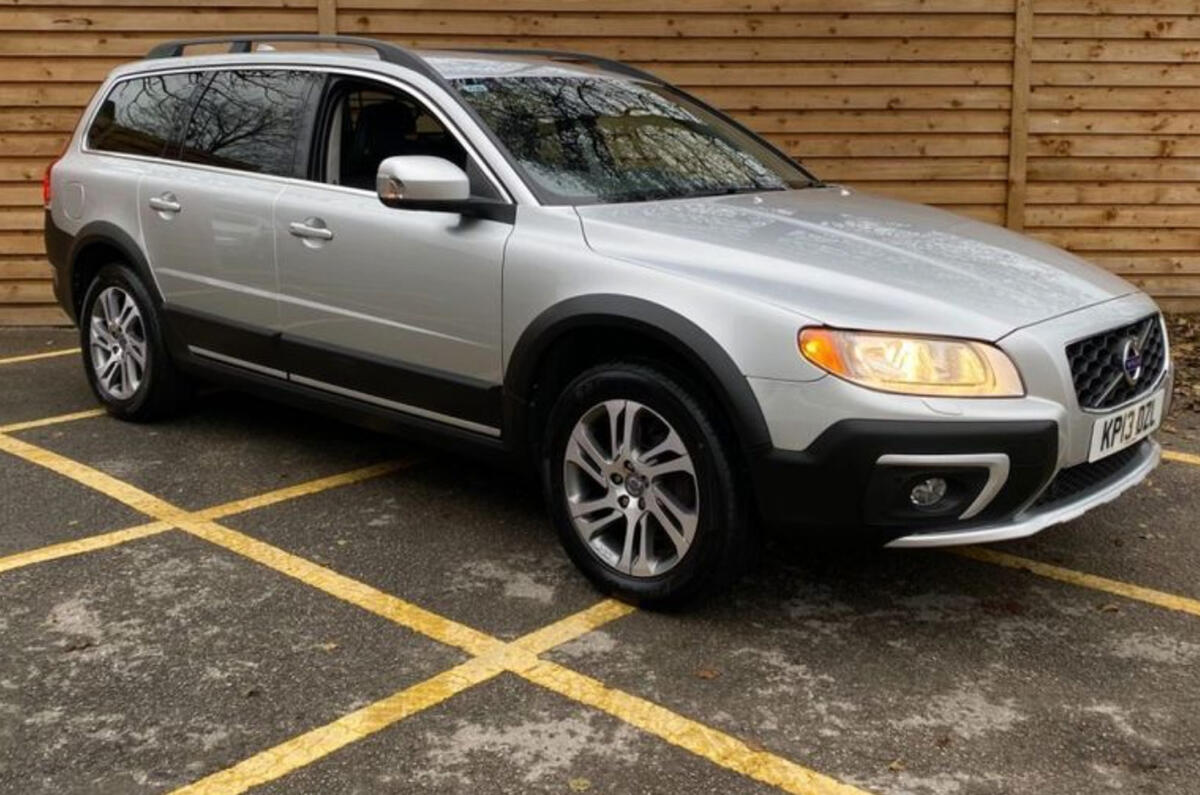

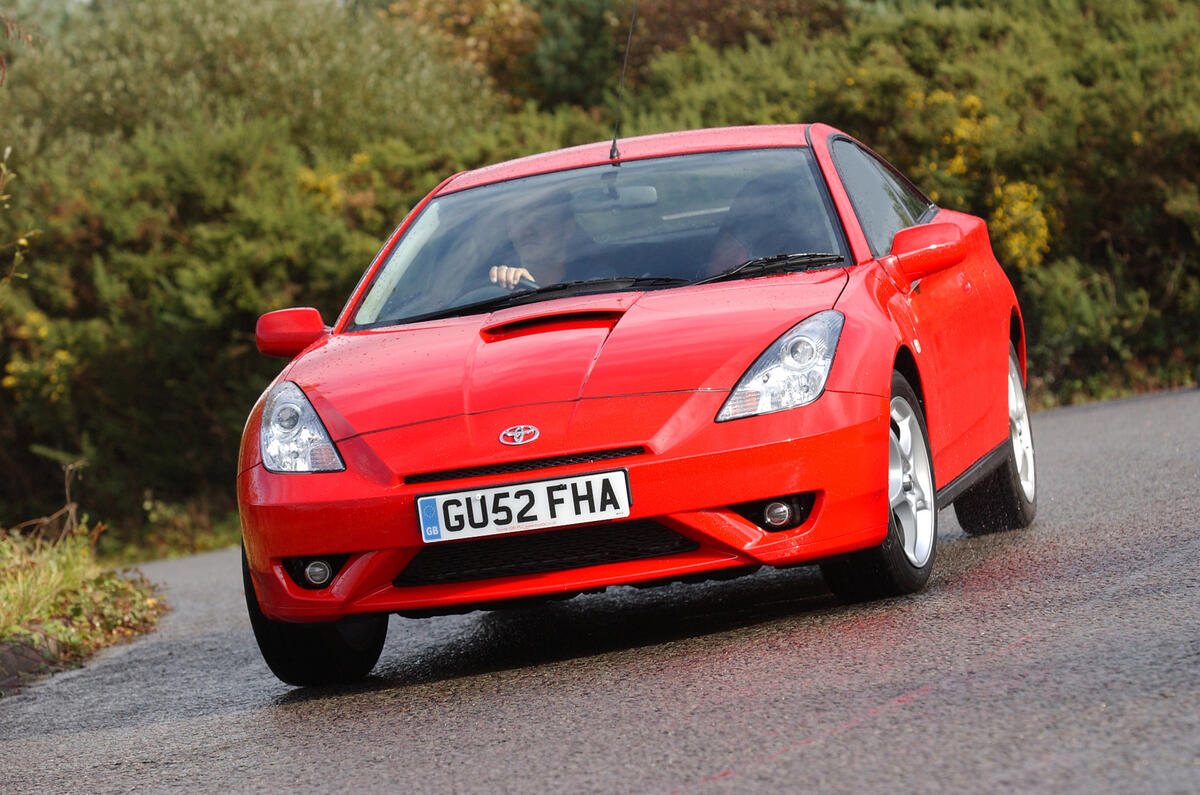
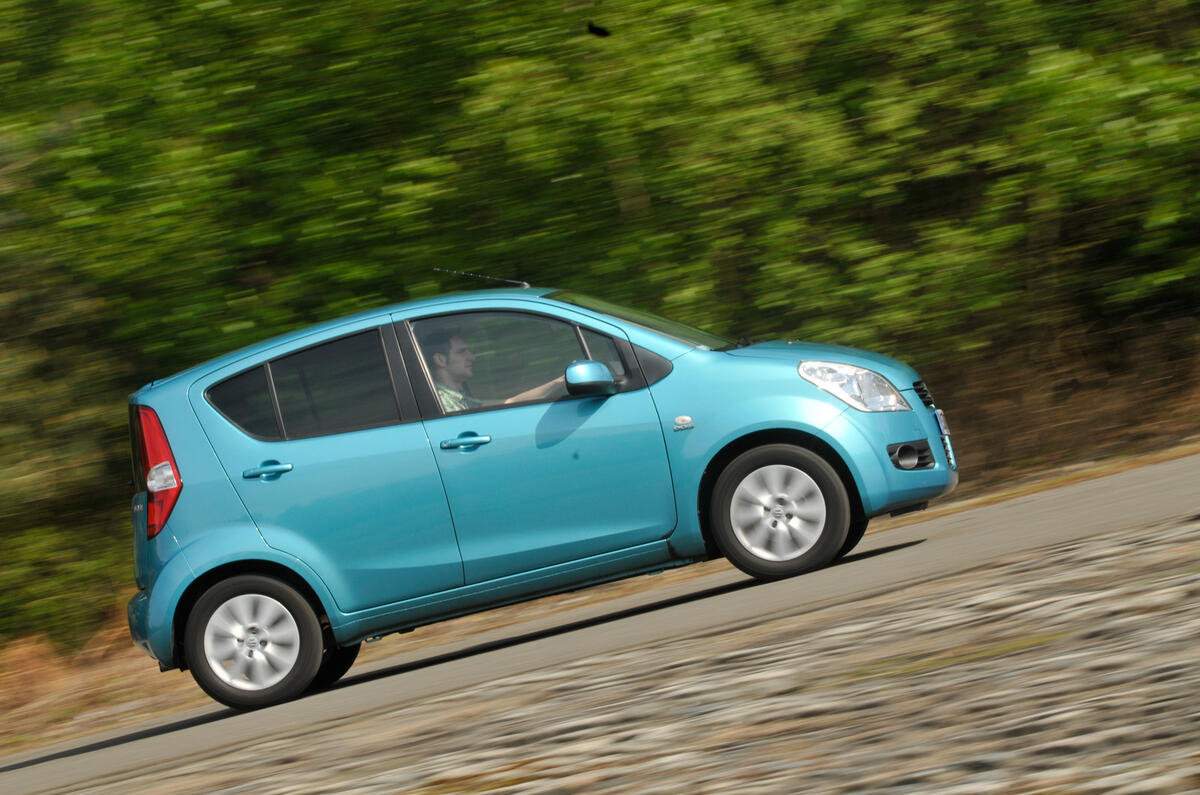
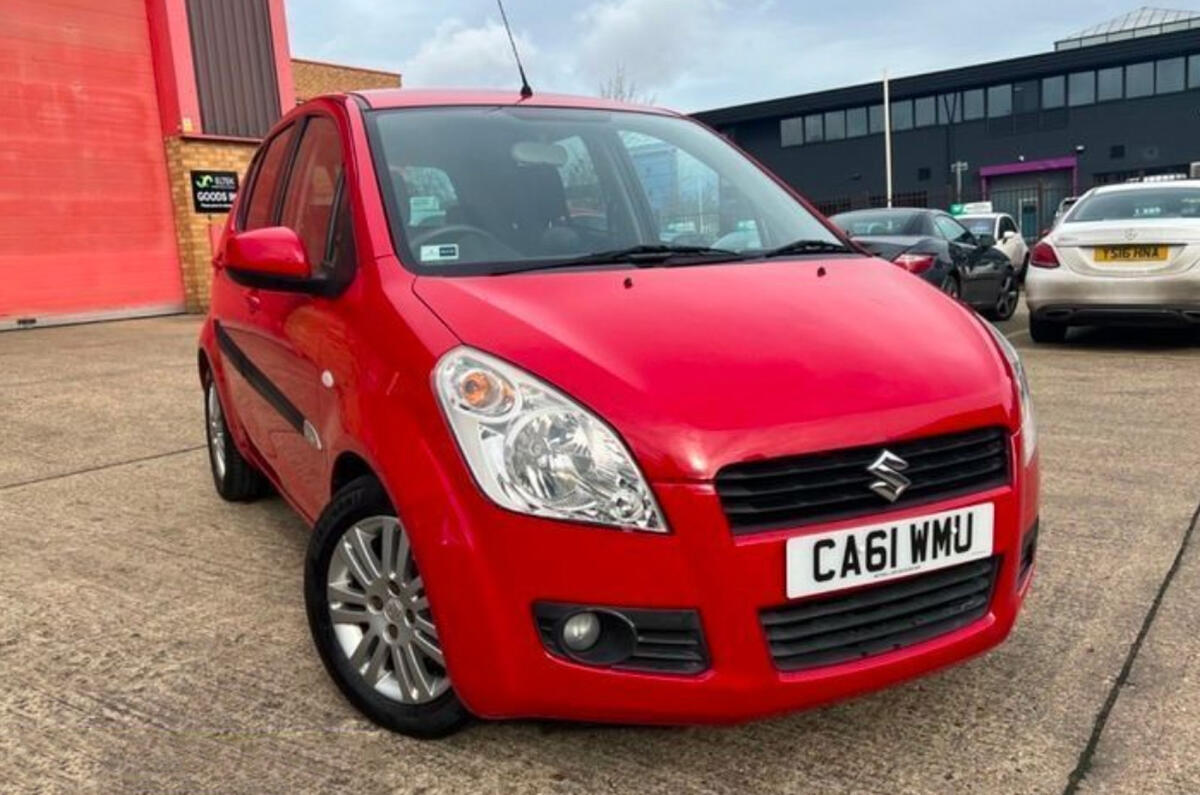
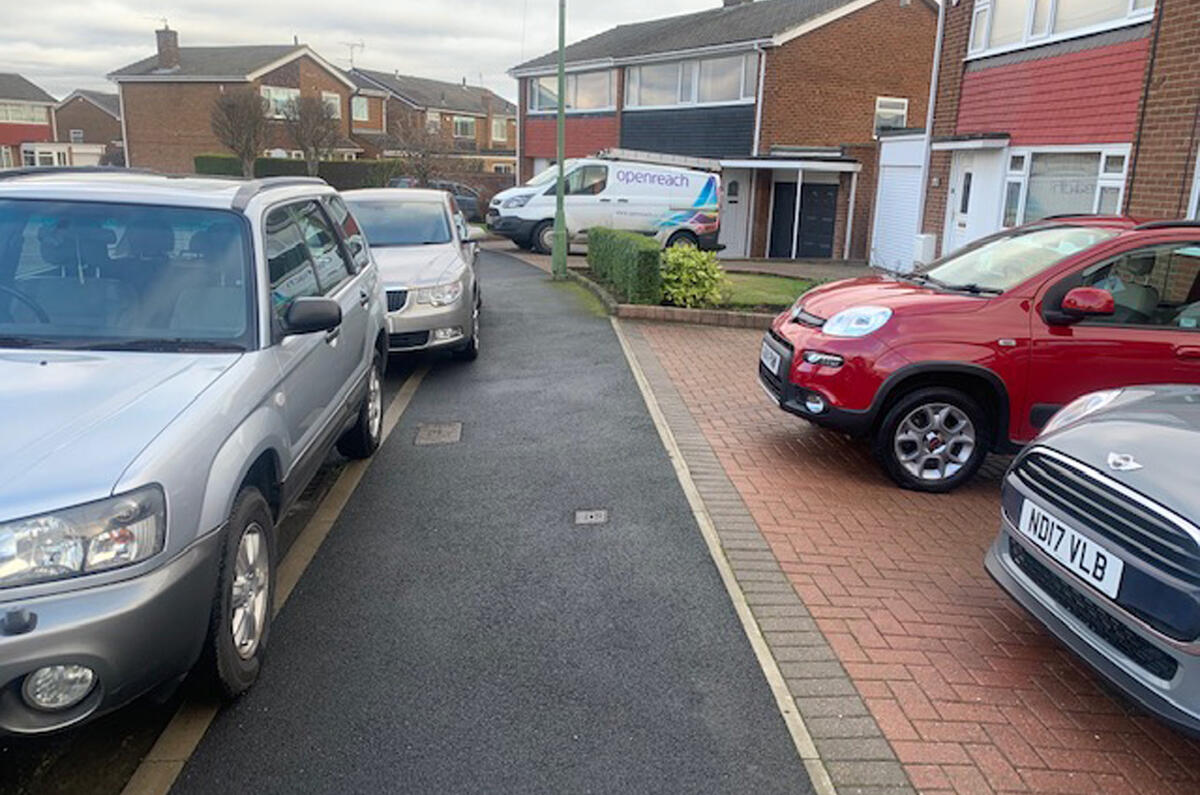
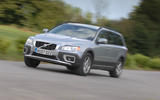
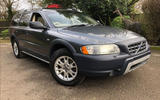
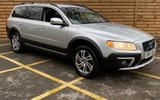
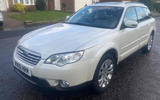
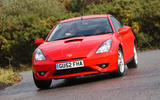
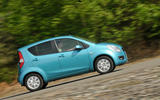
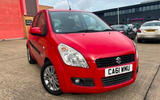



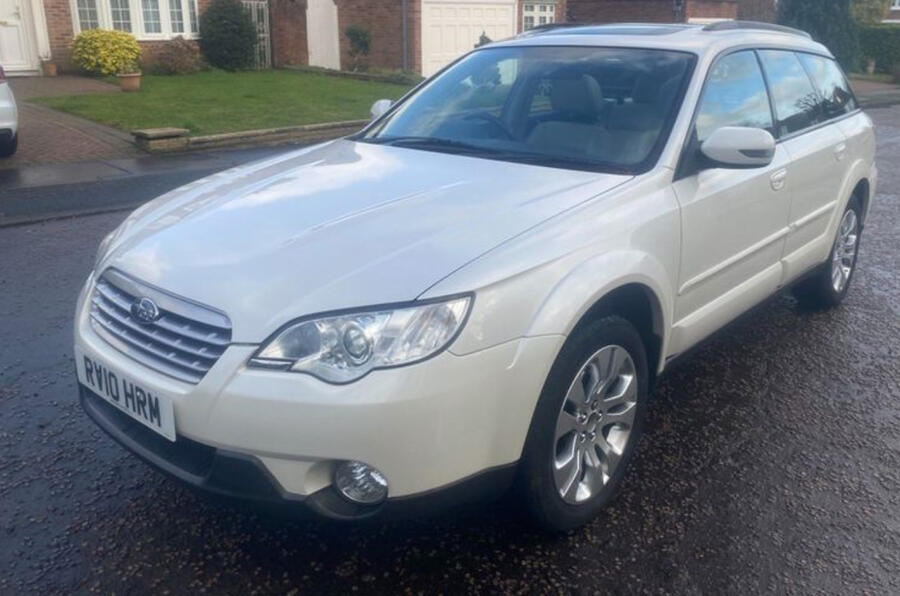
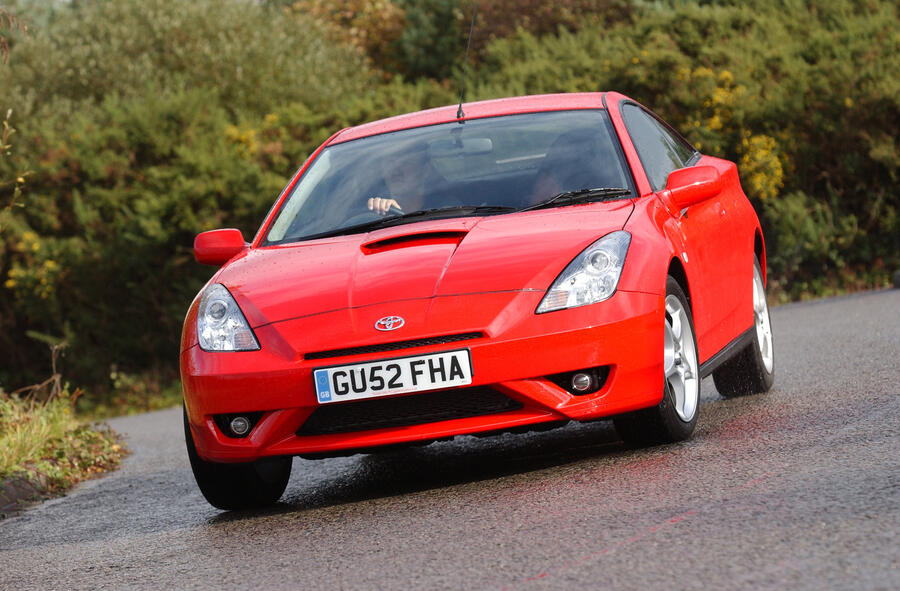
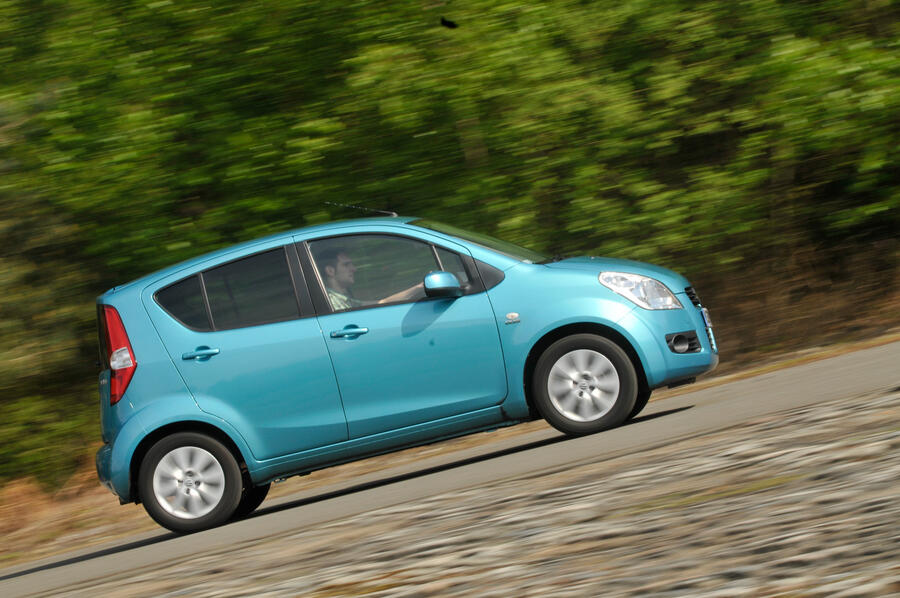

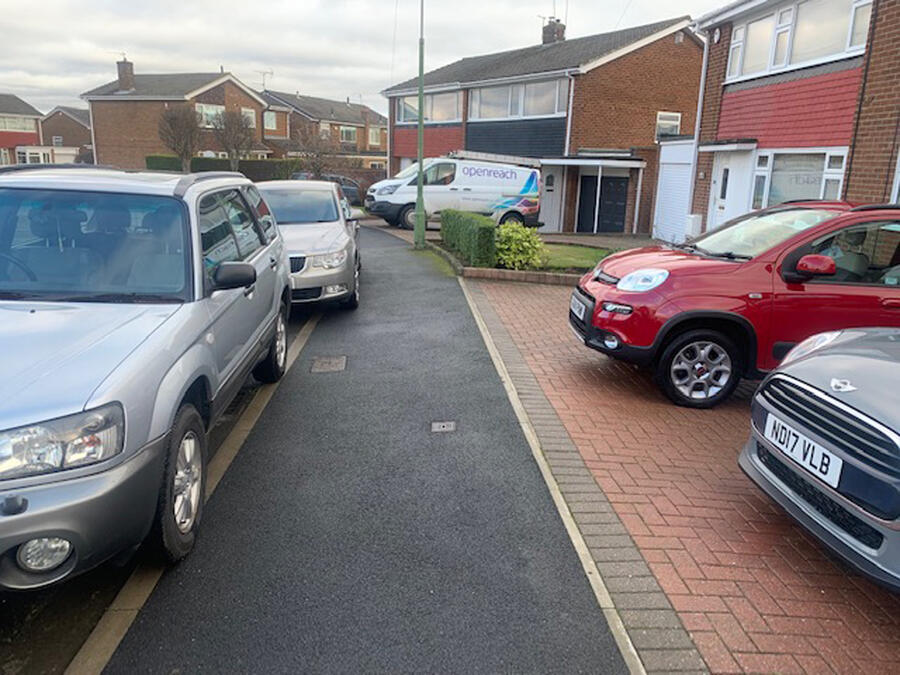



Add your comment